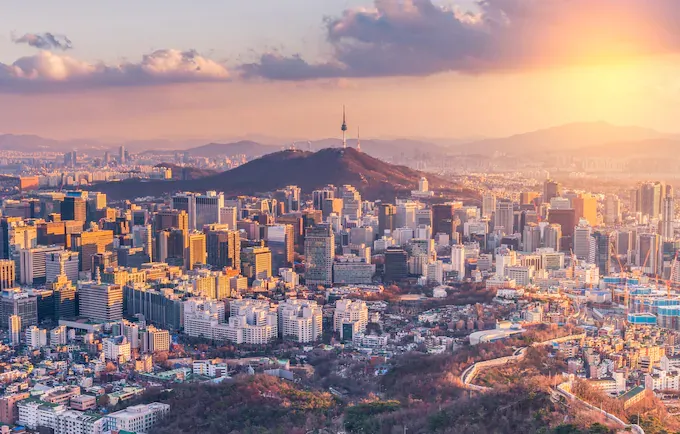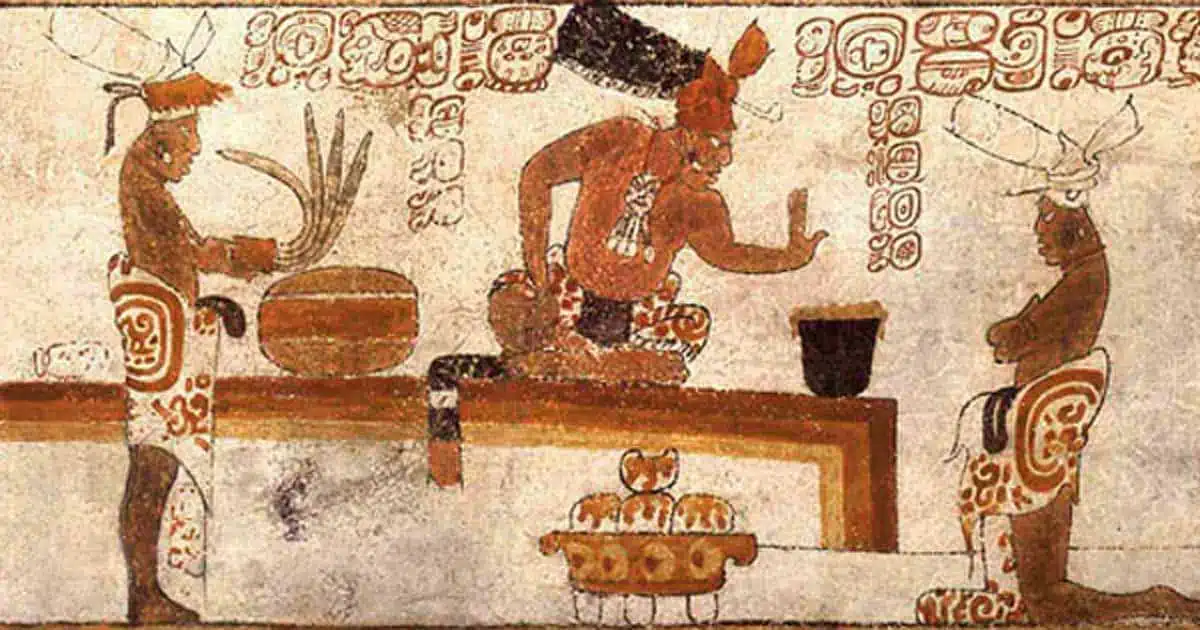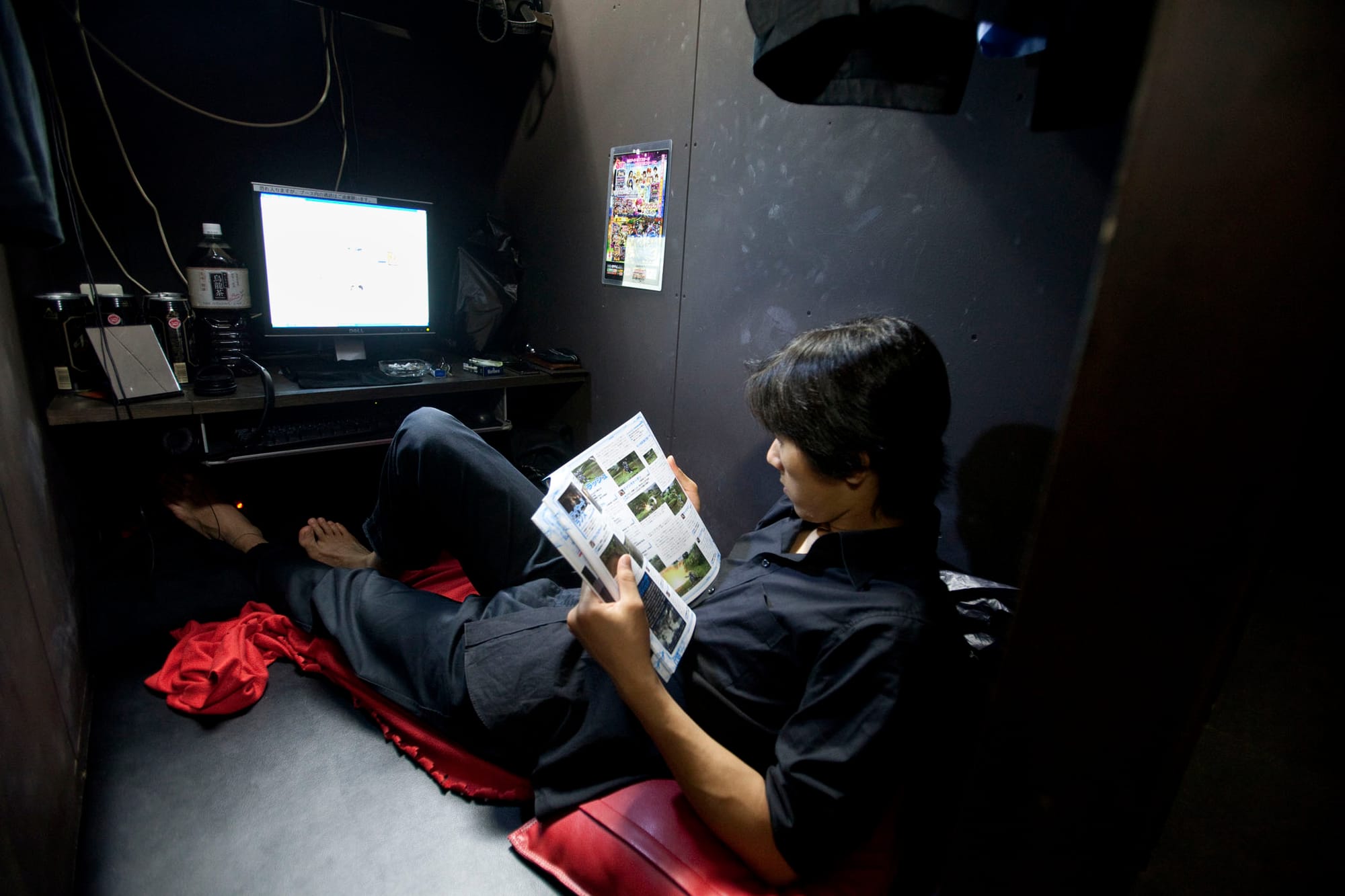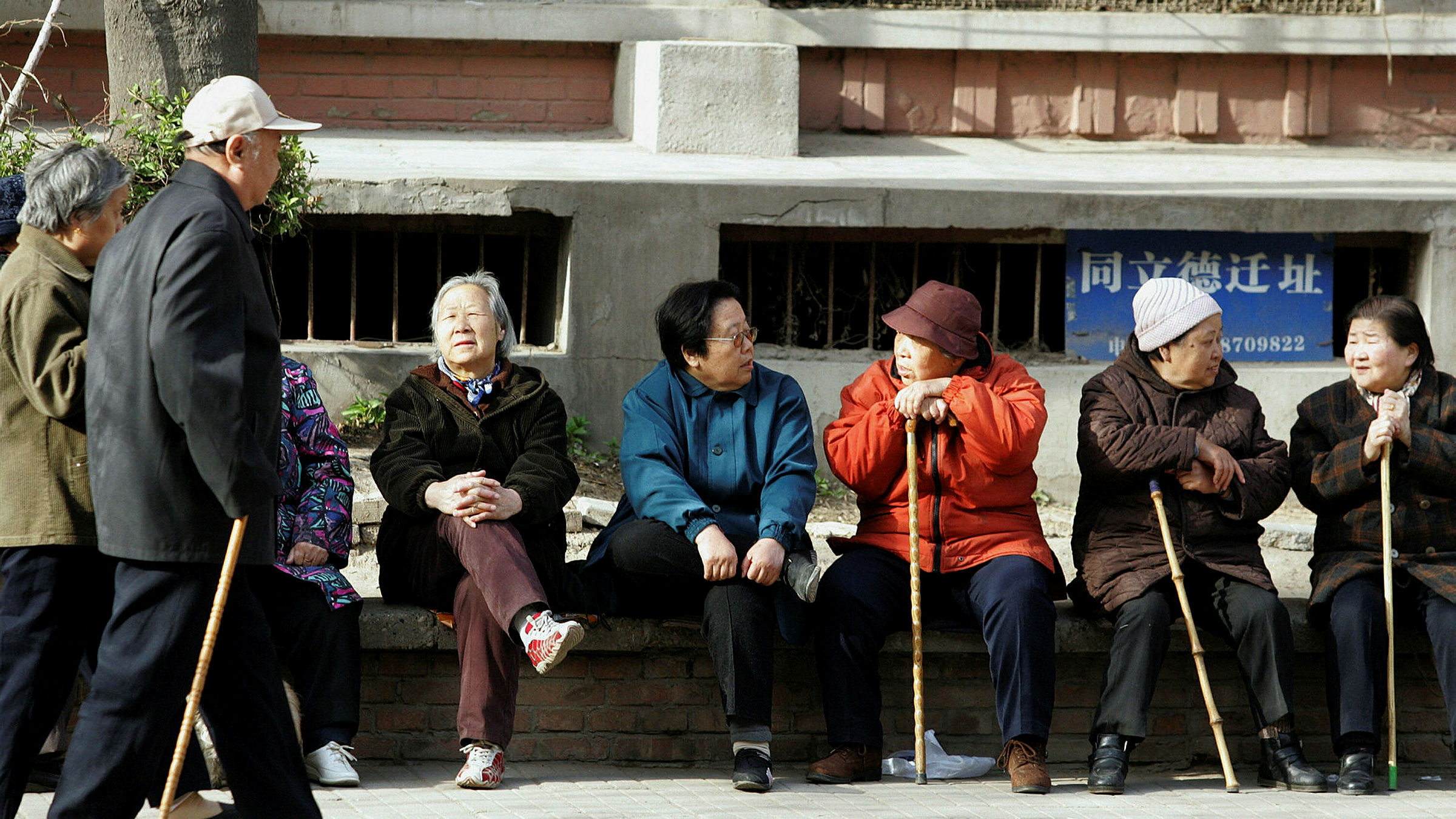Nowadays, the country of South Korea entices visions of a tech-savvy, thriving economy. This wasn't always the case, though. During the 1950s, South Korea was a country devastated by war and experiencing economic decline. But in a matter of decades, it accomplished an astounding economic metamorphosis that is sometimes called the "Miracle on the Han River."This essay examines South Korea's remarkable rise from a war-torn wasteland to a significant economic power in contemporary society.
The Korean War, which lasted from 1950-1953, cast a large, and damaging shadow over South Korea's economic recovery. The nation was left in shambles by the conflict, with a ruined economy, a devastated population, and most of its infrastructure destroyed. South Korea was faced with an alarming economic situation following the end of the war. Its GDP per capita at the time was a pitiful $64, around the same as the poorest countries in Africa. It was clear that this conflict had damaged Korea's economic stability, in addition to its physical infrastructure, placing South Korea in a worrying predicament. As a result, the country had to reconstruct not only the infrastructure, but the economic and social impact created.
Visionary leadership was a key component of South Korea's economic miracle. Despite realising the necessity for drastic change, leaders such as Park Chung-hee persisted in their industrialization and economic growth. Former general Park Chung-hee took over as leader of the country in 1961, inheriting a country struggling with tremendous poverty and inadequate infrastructure. A number of significant changes and initiatives implemented by the government spurred economic progress. Throughout the 1960s, South Korea's Gross National Product (GNP) grew at an average annual pace of almost 9.4%. The country's rapidly expanding industrial base and notable economic progress led to the GNP more than quadrupling from 1960 levels by 1970. Strong government engagement in the economy, with an emphasis on fostering important industries like steel, shipbuilding, and textiles, was a defining feature of Park's handling of the disaster. His administration actively encouraged exports, which helped South Korea produce much needed foreign exchange. From a pathetic $8 million in 1962 to over $100 million in 1966, South Korea's exports surged. This visionary leadership prioritized economic growth over political ideology, laying the foundation for South Korea's remarkable economic transformation. Park’s historic success , often referred to as the "Miracle on the Han River," set the stage for the country's rise to becoming an economic powerhouse. Overall, the government's proactive role in guiding economic development, through strategic planning and well-made investments, was instrumental in shaping the nation's future prosperity.
Following this, export-driven growth supported South Korea's impressive economic growth, with the government giving priority to important material -related industries. South Korea became the world's top producer of steel in the 1960s, when its output increased from 326,000 tonnes in 1963 to over 6 million tonnes in 1970. In similar fashion, the shipbuilding sector flourished, with South Korea ranking among the top shipbuilders worldwide by the 1970s after winning contracts for a variety of vessels. With government dedication, the textile industry expanded quickly, positioning South Korea as a major exporter of textiles during that time. The country's economic diversification and technological advancements were made possible by these successes in the steel, shipbuilding, and textile industries, which established South Korea as a major power in the world economy.
The government of South Korea recognised the importance of investing in technology and innovation and did so with a forward-thinking, beneficial outlook. South Korea's ascent to global leadership in cutting-edge sectors, particularly semiconductor manufacturing, was made possible by the nation's bold initiatives in the 1980s to develop homegrown technology industries. South Korea had become a global semiconductor market powerhouse by the 1990s, with companies such as Samsung emerging as major players in this domain. These companies now supply vital parts to electronics all over the world, and the semiconductor industry in South Korea is thought to be worth over $100 billion, demonstrating the nation's technological capabilities, and demonstration of it’s forward-thinking, innovational government.
South Korea's path to prosperity has been nothing short of incredible.
From a nation in ruins to a global economic powerhouse, it has demonstrated that visionary leadership, a focus on exports, and a commitment to technological innovation can pave the way for economic success. As it faces the challenges of the 21st century, including demographic shifts and global economic uncertainties, South Korea's ability to adapt and innovate will be key to its future economic prosperity. The "Miracle on the Han River" is not just a historical achievement; it's an ongoing journey towards continued success and growth.







